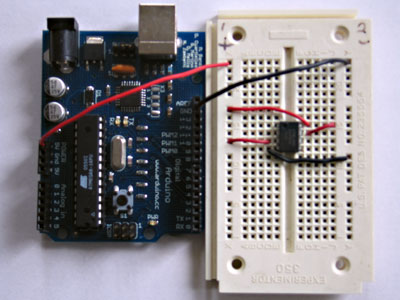
Pickit3 how to program 93cXX EEPROM HEllo. Serial EEPROM devices require the following PICkit 3. Yes i am using Programmer App.
Product Information In-circuit serial EEPROM programmer. Special made for in-circuit serial EEPROM programming. Very useful to make car electronic programming faster and easy without soldering. In most cases short microcontroller quartz resonator or short MPU reset pin to GND.
A question we are commonly asked is “How do I copy a serial EEPROM chip?”. Serial EEPROMs are the memory chips found in car keys, some radios, PC motherboards and other electronics. They are usually 8 pin and retain data when the unit is switched off, which is why they are used for settings and configuration data.
 This is also why people want to copy them. So, how do you set about copying a serial EEPROM?
This is also why people want to copy them. So, how do you set about copying a serial EEPROM?
Firstly, there are several different types of serial EEPROM chip and the type must be identified. They all use the same method for storing data but how they communicate varies from family to family. The three main types that are used in commercial products are • 24 Series: These use the I2C two wire protocol • 25 Series: Use 3 wire SPI communication • 93 Series: Use Microwire, a variant of SPI You do not need to know the details of these protocols as the programmer will deal with this, but you do need to read the chip number from the top of the device. The chip could have several numbers including date codes, but the important one has 24, 25 or 93 in it. It will usually start with a letter for manufacturer (AT for Atmel, M for STM etc) but not always and may be followed by a letter or two for series.
It will end in a number giving the memory size, in bits not bytes. Some examples – • 24AA16, 24LC16: Microchip 16KBit (2 KB) I2C serial EEPROMs • AT25C02: Atmel 2Kbit (256 Bytes) SPI serial EEPROM • M24512: ST 512Kbit (64 KB) I2C serial EEPROM • 93AA76A, 93AA76B, 93C76B, 93LC76C: Microchip 8Kbit (1KB) Microwire serial EEPROMs. Typical Serial EEPROM Chips In most cases, you do need need to worry too much about the manufacturer or series as devices from most manufacturers are the same. So, if you select a similar device from a different manufacturer it will usually read and program the same way, just as long as you choose one from same family (24, 25 or 93) with same memory size.
Obviously, if you can find an exact match in programmer support list then choose that but you won’t damage the reader or the chip by selecting the wrong device. Some programmers can identify the chip type automatically just by connecting them. You will not damage an EEPROM device or corrupt its data if you use the wrong chip selection, it just won’t read it. Ok, we have identified the serial EEPROM and know what to select in the programmer device list but how do we connect to it? There are two choices, unsolder it and put it in a socket programmer or read it in circuit. Socket Programming If you can unsolder the chip from the circuit board, you can drop it into a socket programmer or reader to read it, save the contents and program new devices. Most universal programmers support serial EEPROM chips, so you do not need an expensive product for them.
The is a low cost unit that can handle all serial EEPROMs. If your serial EEPROM is not a DIL package and is surface mount eg SOIC, then you will need a socket adapter as well. Programmer with ZIF socket In Circuit Programming Also called In System Programming or ISP, this method usually relies on having a header to connect the programmer lead. In most cases, your circuit won’t be fitted with an ISP header but you can use IC test clips to connect to the serial EEPROM directly instead. Kanda sell an that will connect to serial EEPROMs in 8 pin through hole (DIP), and 8 pin surface mount (SOIC) packages. These clips can be connected easily to the.
Blog
- Acute Email Ids Production Engine Crack
- Download Fm 2014 Keygen Torrent
- Background Music Of Balika Vadhu Serial
- Chertezh Angara Iz Metallokonstrukcij
- Modelirovanie Obuvi Programma
- Amiko Mini Hd Proshivka
- Dawn Of War Soulstorm Download Free Full Version
- Microsoft Office 2007 Activation Crackrar
- Byudzhetirovanie V Excel Primer